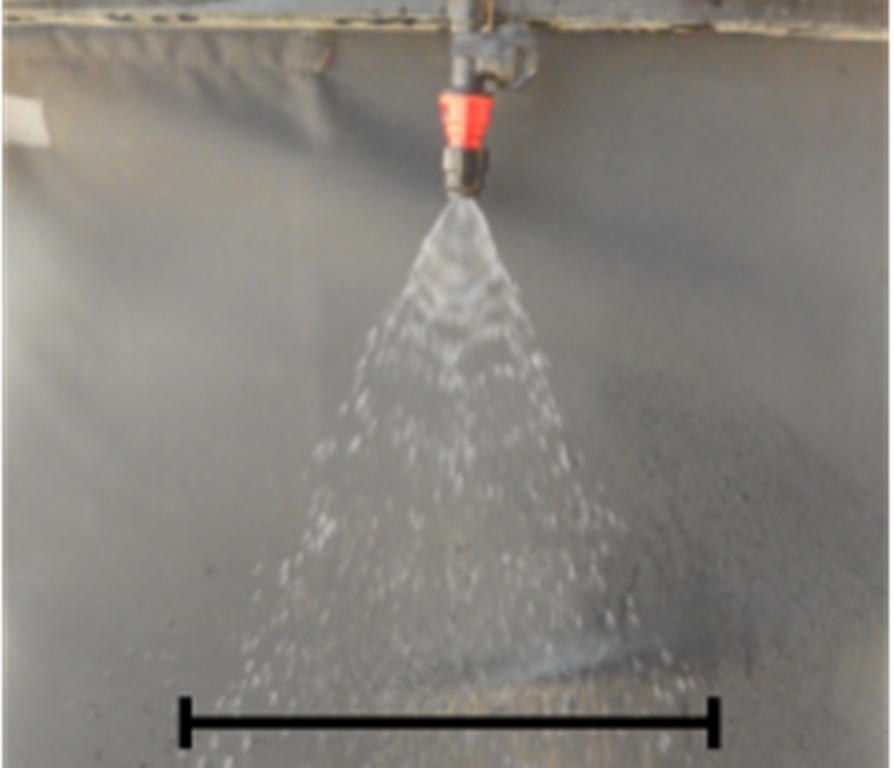
The Australian Pesticides and Veterinary Medicines Authority (APVMA) is an independent statutory authority with responsibility for assessing and approving agricultural and veterinary chemical products prior to their sale and use in Australia.
The APVMA has a policy of encouraging openness and transparency in its activities and of seeking stakeholder involvement in decision making. Part of that process is the publication of Trade Advice Notices for all proposed extensions of use for existing products where there may be trade implications.
The information and technical data required by the APVMA to assess the safety of new chemical products and the methods of assessment must be undertaken according to accepted scientific principles.
The APVMA has before it a research permit application from Bayer CropScience Pty Ltd for the use of dicamba on XtendFlex cotton, for the control of various weeds. XtendFlex is tolerant to dicamba.
The proposed research permit is for use in New South Wales and Queensland for a period of one year. It is estimated that up to 3,000 ha of cotton may be treated.
Export of treated produce containing finite (measurable) residues of dicamba may pose a risk to Australian trade in situations where (i) no residue tolerance (import tolerance) is established in the importing country or (ii) where residues in Australian produce are likely to exceed a residue tolerance (import tolerance) established in the importing country.
The proposed use pattern on XtendFlex (tolerant) cotton requires the establishment of a new residue definition for dicamba.
All dicamba residue values in cotton seed from seven Australian trials conducted approximating GAP
(HR = 0.68 mg/kg, STMR = 0.32 mg/kg) and 13 USA trials approximating GAP (HR = 1.83 mg/kg,
STMR = 0.83 mg/kg) were lower than the MRLs of 3 mg/kg established or proposed by various overseas markets, with the exception of Europe.
The European MRL at *0.05 mg/kg is lower than the supported MRL at T3 mg/kg and therefore there may be a potential risk to trade to European markets. Europe however has not recently been a major market for Australian cotton seed.
APVMA has sought comments by August 17, 2021 on the potential for the proposed use to cause undue risk to Australian trade of cotton seed (including oil and meal) and the ability of industry to manage any potential trade risk.
Source: APVMA
















